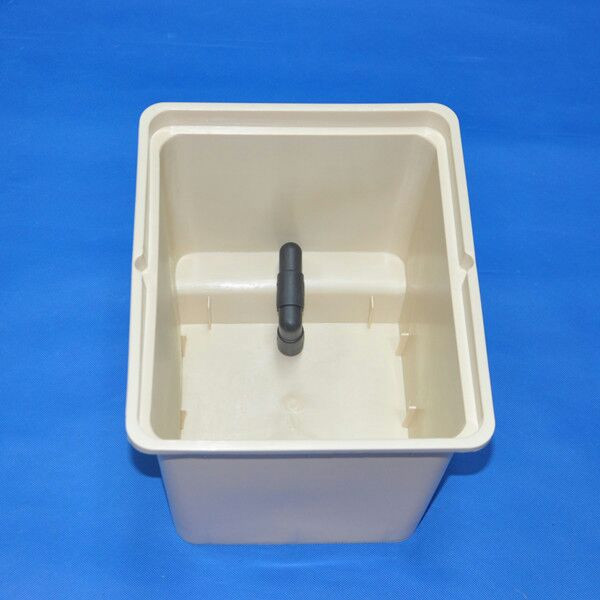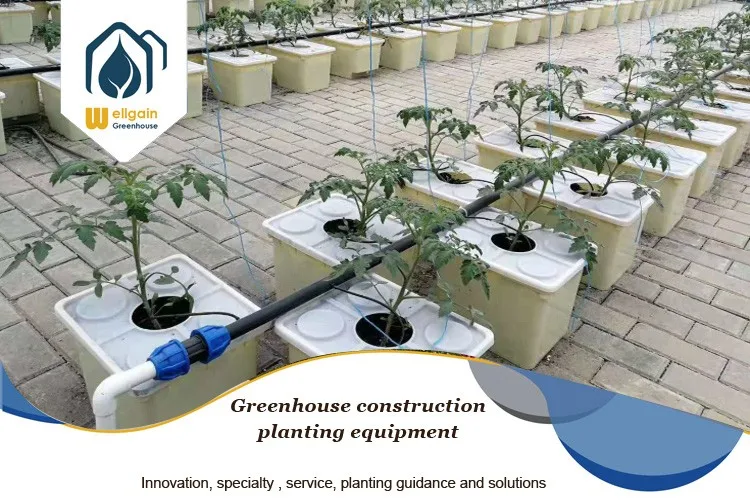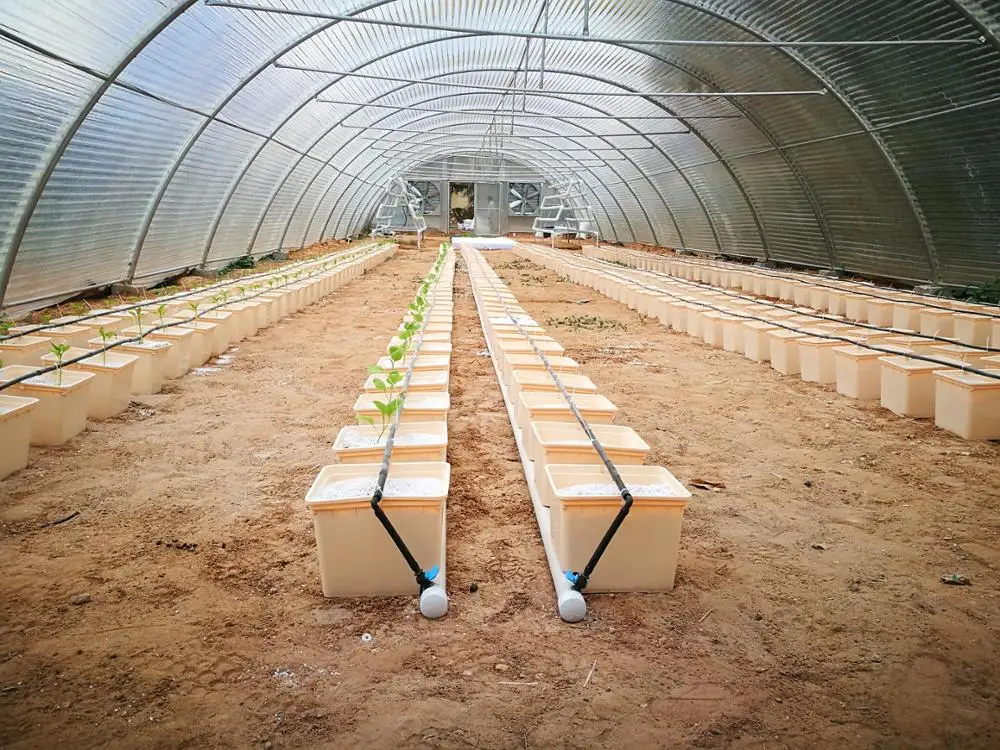

Even in traditional gardening, you can grow plants in Netpots from. Net Pots are widely used for propagating plants by cuttings, creating nurseries for plants, in aeroponics, deep water culture, flood and drain, drip feed systems, and NFT or for your own homemade/DIY system. Growing Medium Perlite or LECA are good growing mediums for Dutch Bucket systems. Buckets 3-gallon or 5-gallon buckets or bato buckets. Depending upon the root density, length, and required plant support choosing the right netpot is always necessary like in the case of heightened plants go for extended netpots and for bushy/fruit plants choose a wide netpot. Ebb and flow, also known as flood and drain, hydroponics involves regularly flooding your growing tray with a nutrient solution. It fits with all the plants grown in soilless cultivation. Undoubtedly, it promotes healthier and bigger root growth that absorbs more nutrition and moisture. The roots after getting elongated come out from the holes and form a dense mesh of healthy roots. When kept in an NFT system, they allow nutrient solution to flow freely, and the roots are directly suspended in the liquid facilitating the nutrient uptake. It holds the growing media in such a way that the roots receive optimum air and nutrition. Netpots are pots having a net-like structure with multiple holes that are specially designed to foster the roots and provide support to the plant. It goes well with a Hydroponics raft with a 75mm hole size.

Use 3-inch netpots with the Dutch Buckets having a hole size of 75mm in their lid.


Another drawback to drip systems is clogged nozzles and overheated drip lines. The downside to this, especially when using non-organic fertilizer, is that it is a form of agricultural runoff. Drip systems can also be built so that excess nutrients drain out directly onto a soil garden underneath (drain-to-waste system). Recycling excess nutrients is not always necessary. The excess nutrient solution that isn’t used by the plant can be collected back into a reservoir for reuse: this is called a recirculating system. Nutrient solution is dripped onto the base of each plant stem, hydrating upper parts of the root system. Plants are either grown in a substrate or suspended directly in water (like water culture systems). Drip systems evolved from drip irrigation technology created for conventional soil agriculture. A drip system is another example of active hydroponics.


 0 kommentar(er)
0 kommentar(er)
